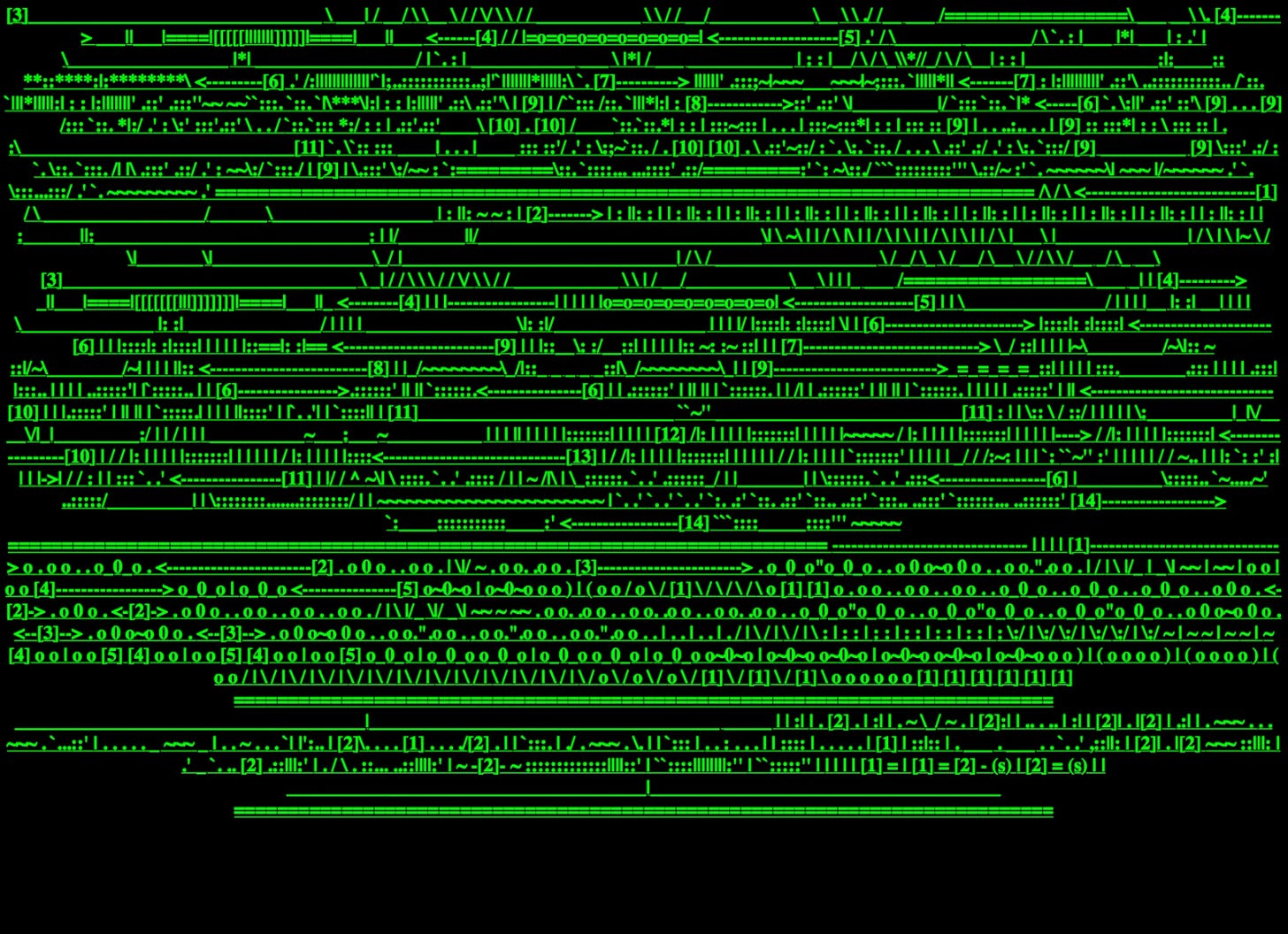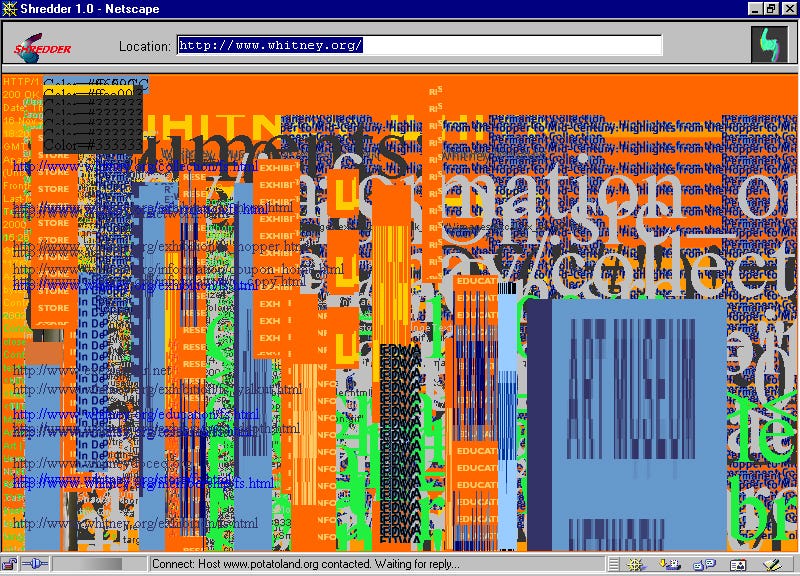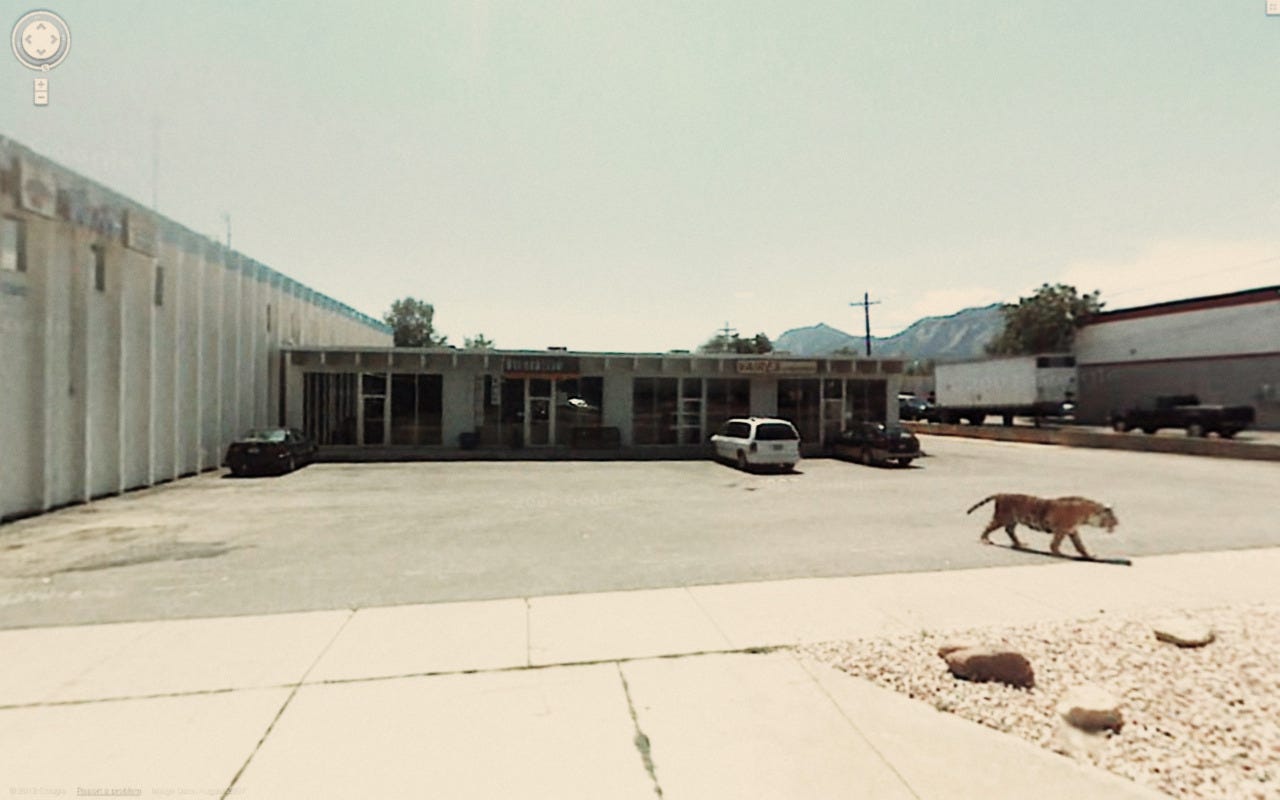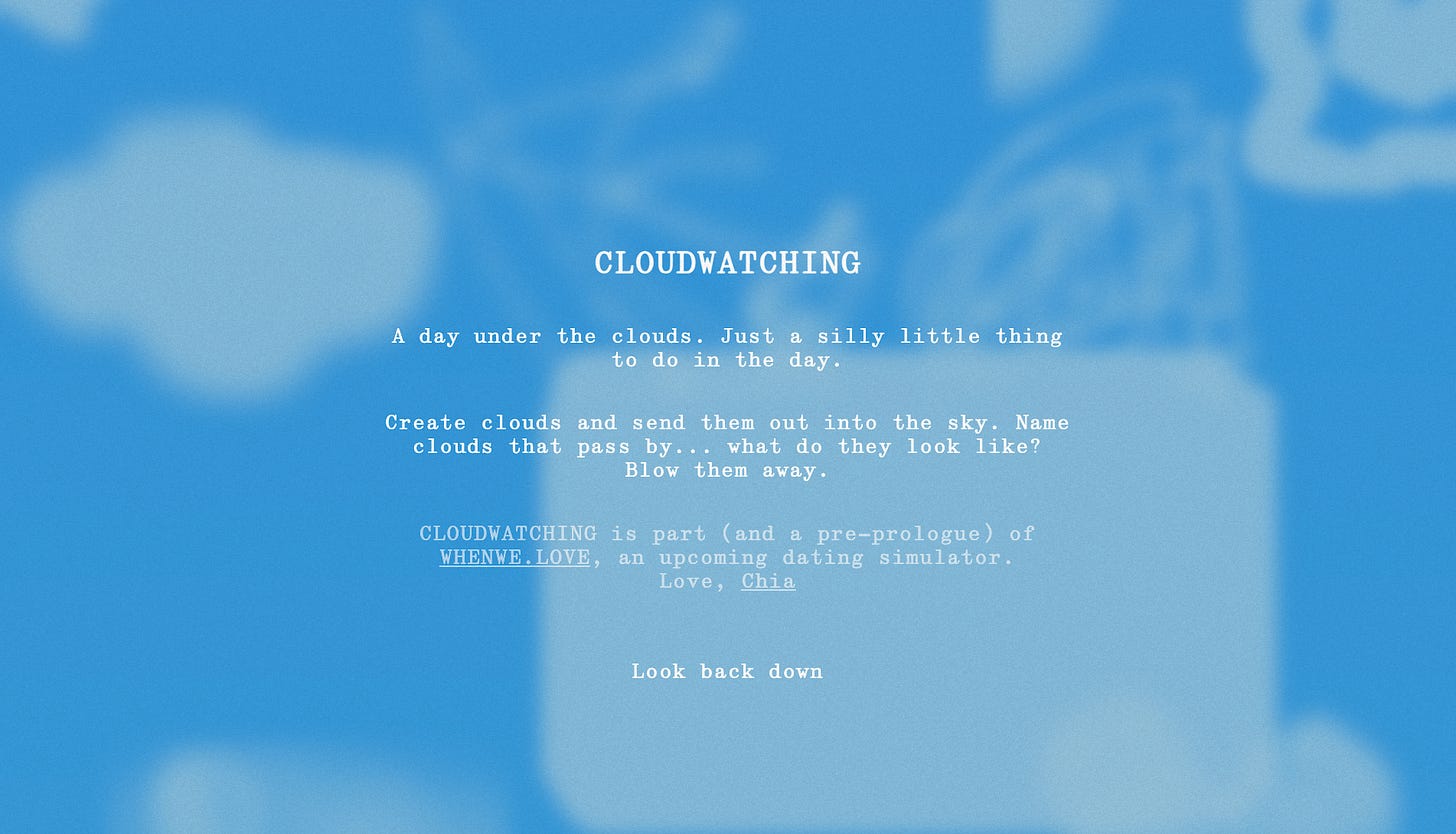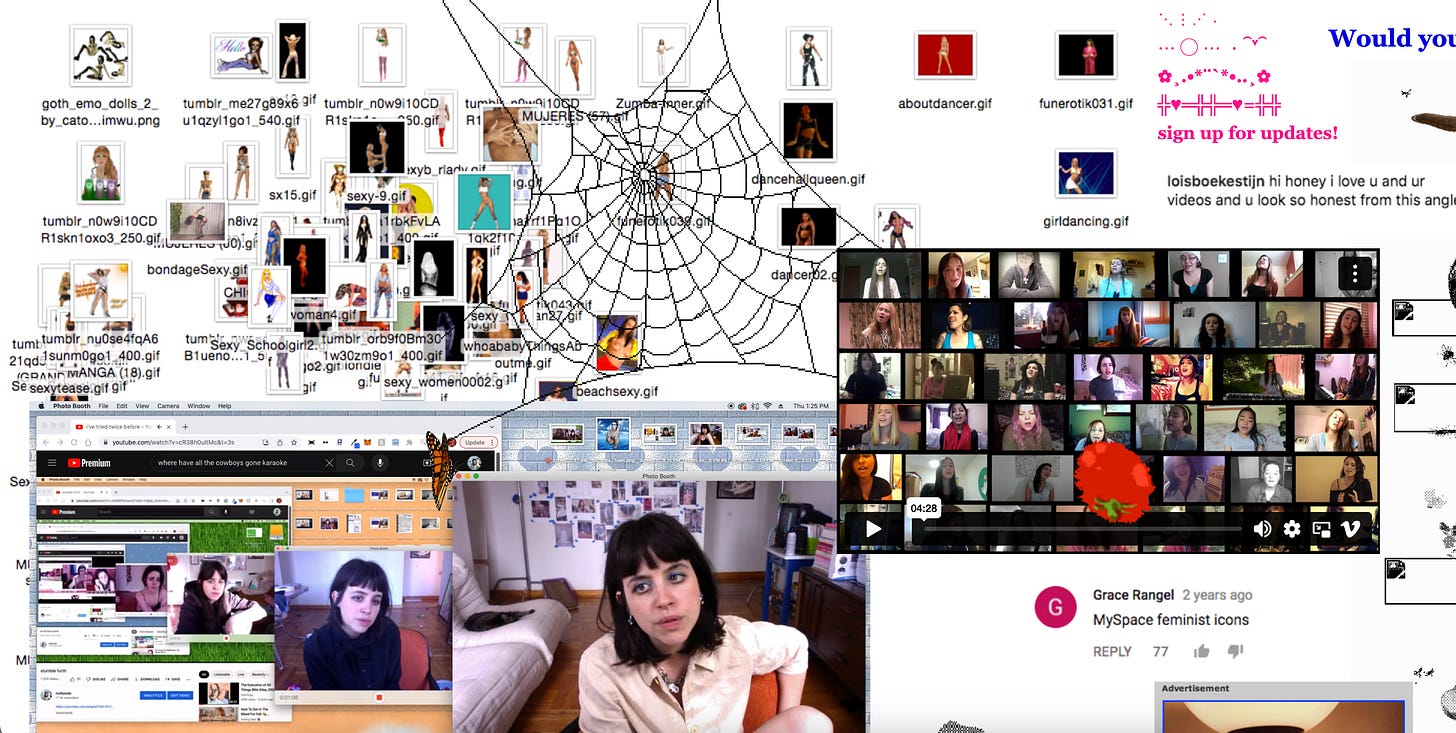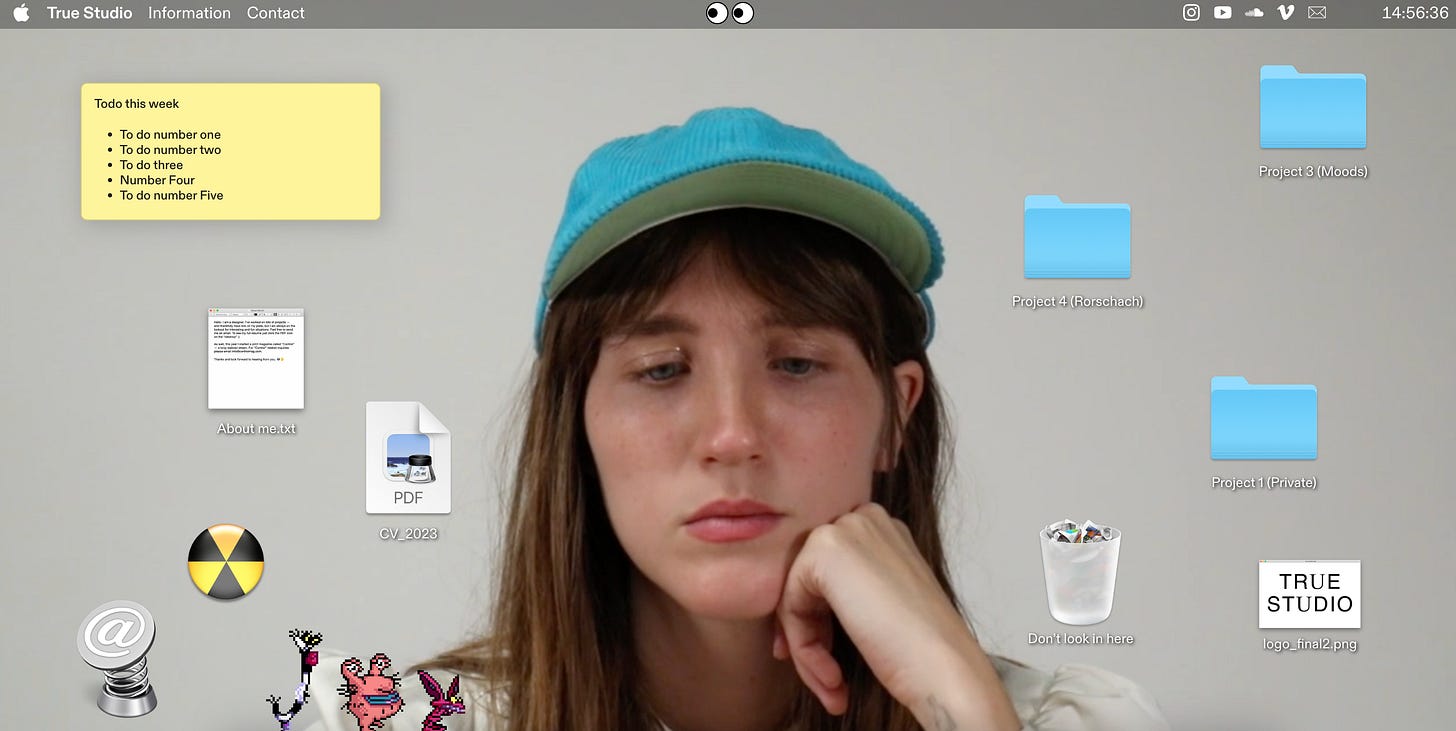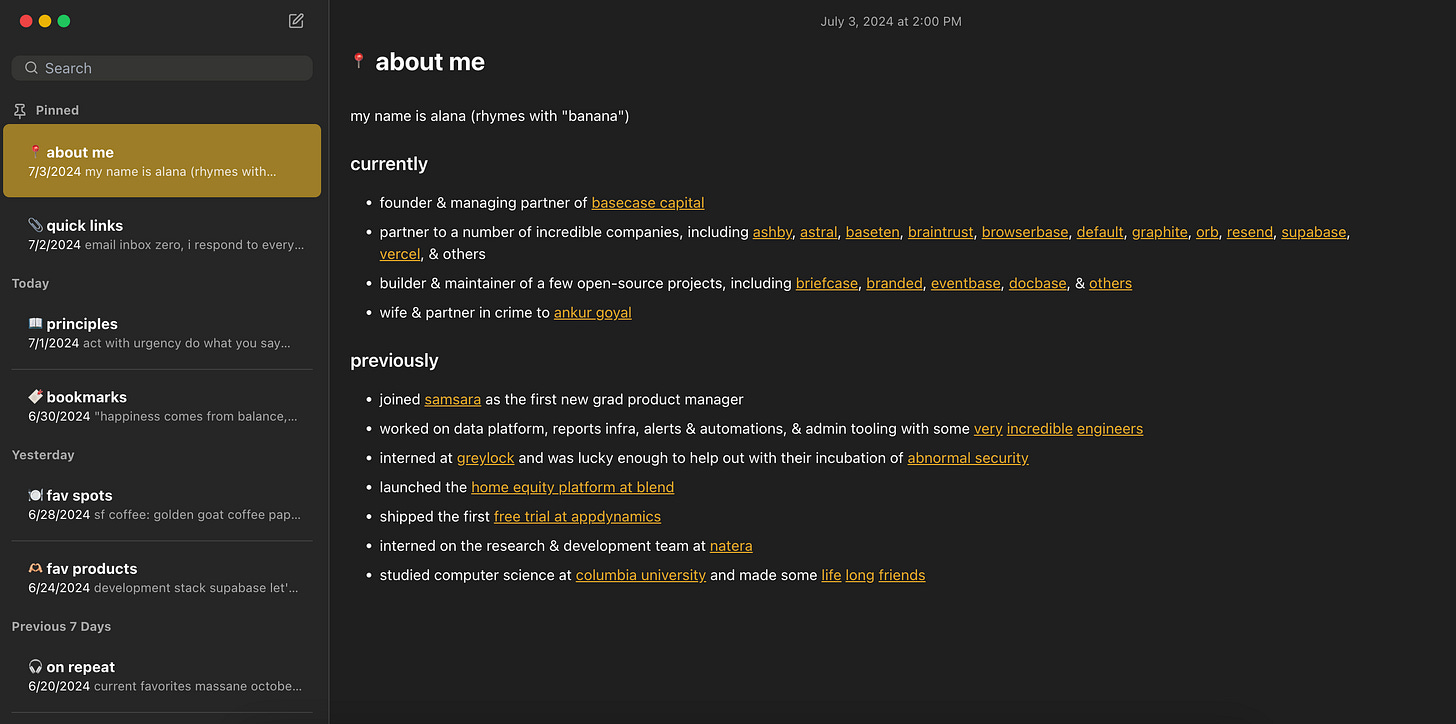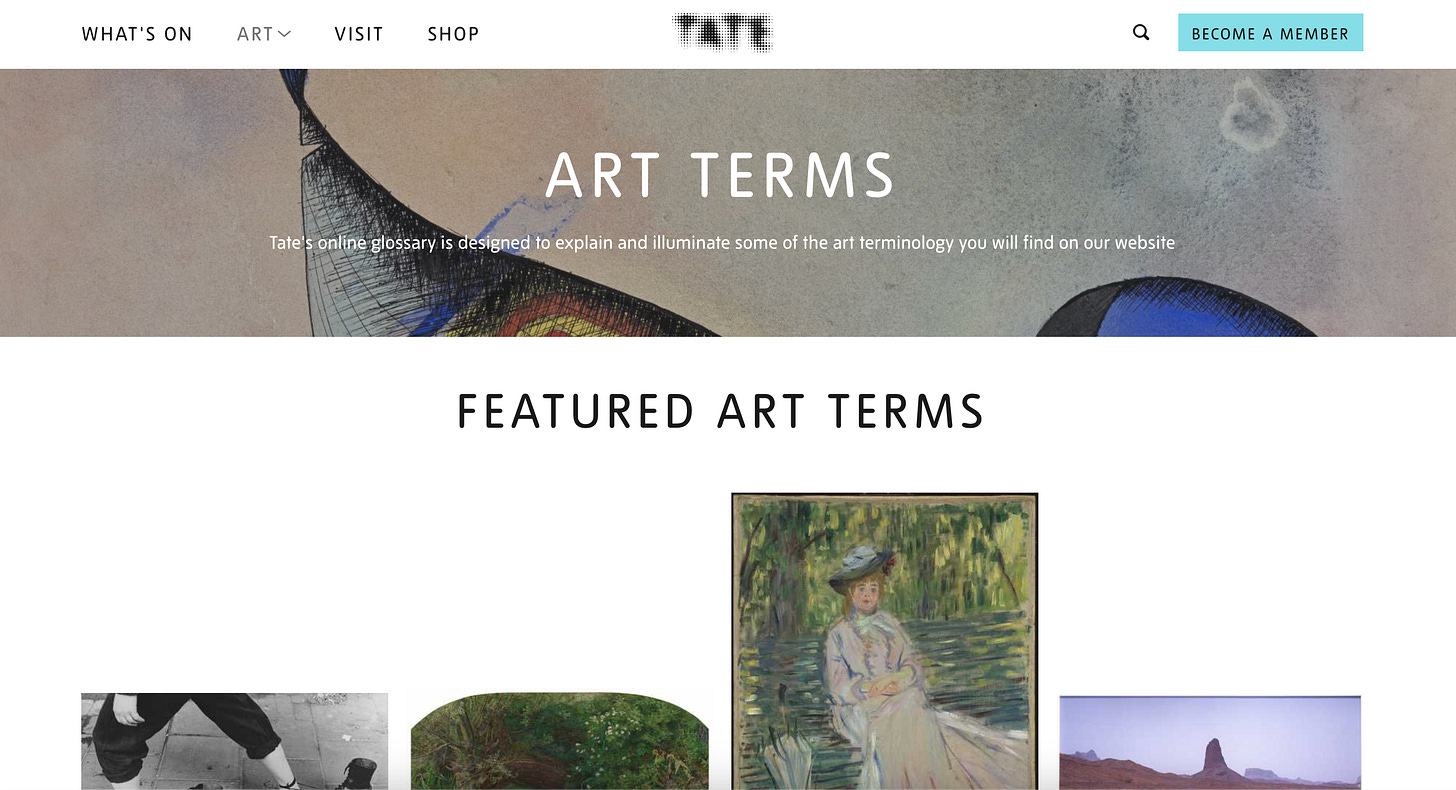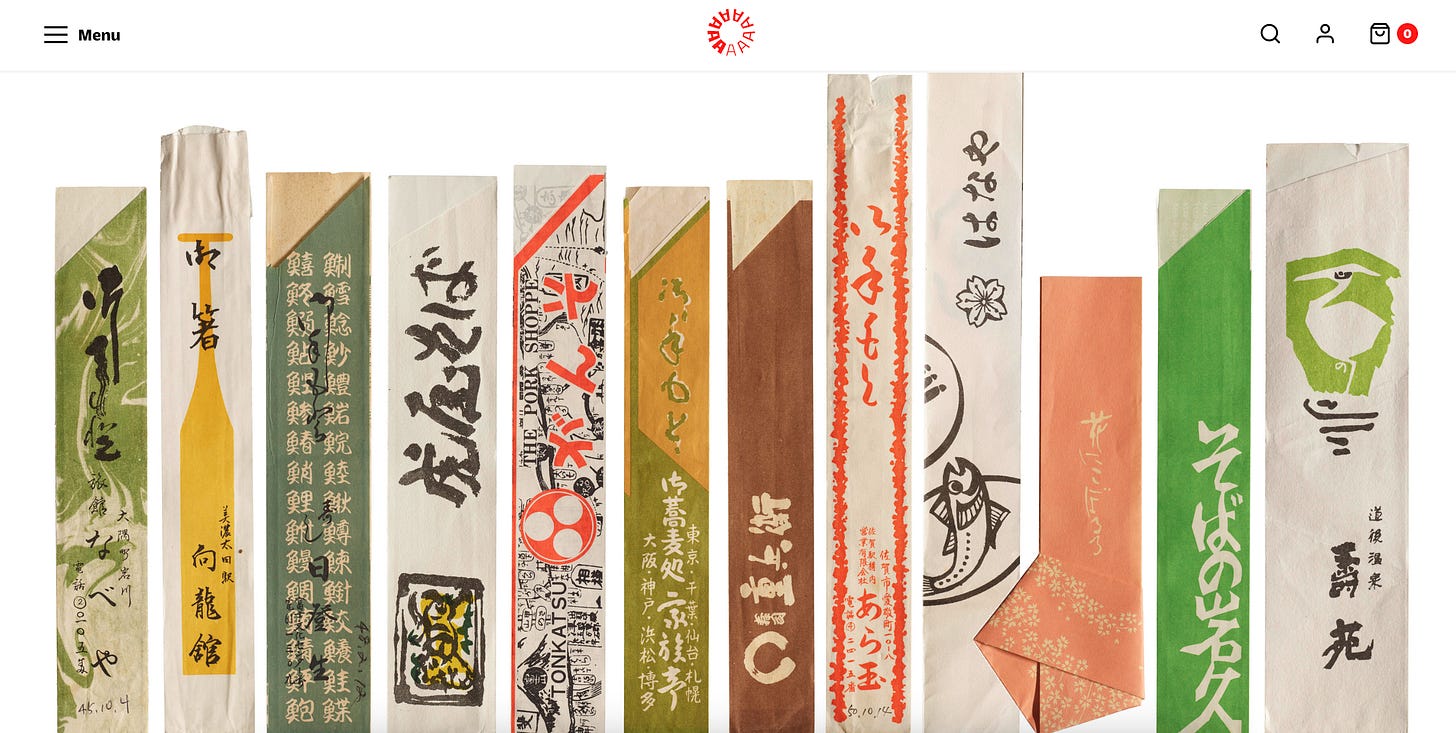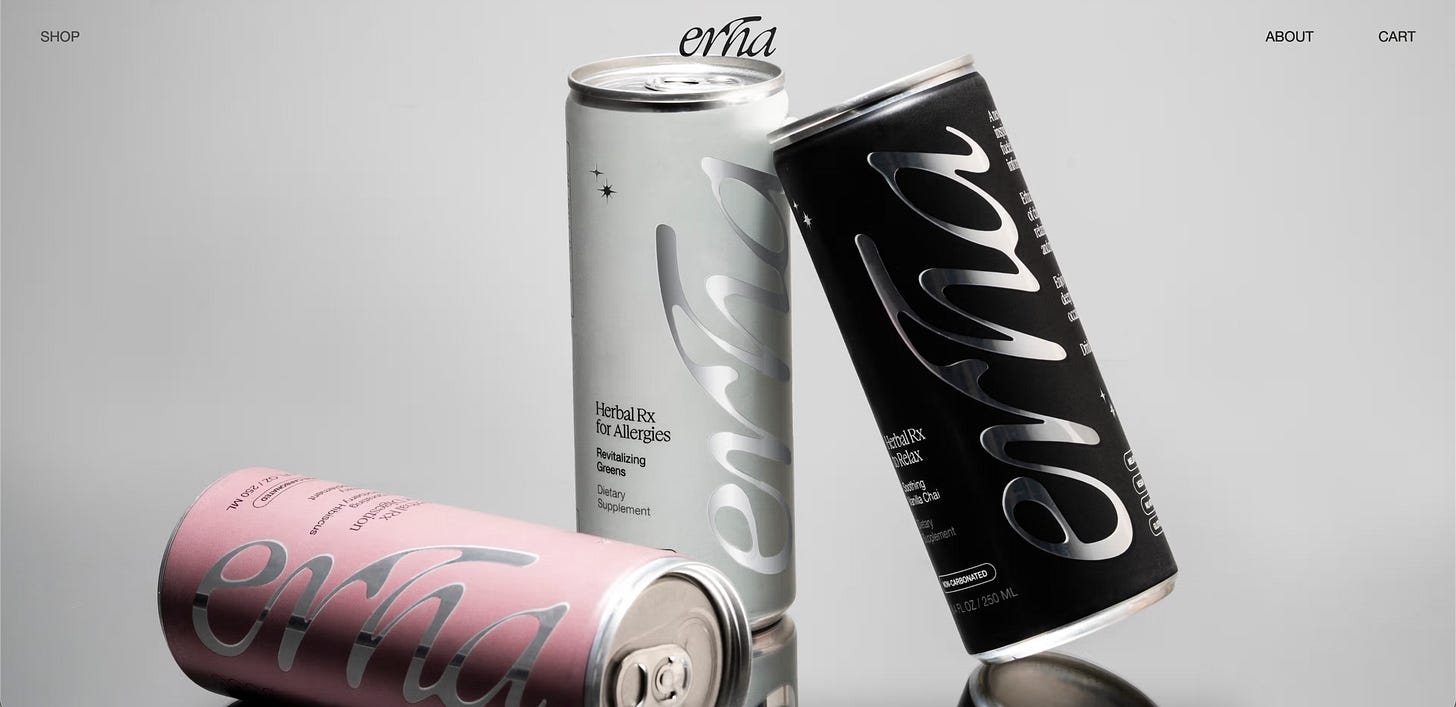In a past Substack, I talked about this desktop performance by Chia Amisola & shared it in the field notes because I was so immediately drawn to it.
I’ve always loved the internet. Growing up, we had a family computer room, I was coding my MySpace page at 13, & even today, I still have purely internet friendships. If you were born in the 90s, this might sound familiar.
& I’m only just learning about the term net.art, although it’s something we’re all familiar with.
It’s been part of our culture for some time now, but it’s not the first thing we think of when we think of art.
So, what is net.art? What does it look like in 2025? & why is it everywhere now?
‘Internet Art’ or ‘Net Art’: a form of art specifically conceived through the internet, on the internet, and for the internet.”
“The nature of Net Art is process-based, interactive, and mostly ephemeral.” -Artland Magazine
“Net art is an elusive and sometimes anarchic art form which uses the Internet as its primary material. Net artworks often draw on data from other Internet materials and websites, which helps give them their distinctive dynamics and transience.” -Net Specific
It’s kind of hard to define. Net.art is clever, it’s performative, it’s sort of anti-internet & rooted in Dada. No wonder I’m obsessed.
It’s been around since the internet, but it really took off in the 90s after a few early ‘net.artists’ paved the way.
Net.art at this time looked like interactive web pages & performance pieces, like mass computer viruses.
We probably recognize early net.art to be ASCII art, pixel art, or just glitchy, personal websites.
There is so much early net.art that can still be viewed in its original format. Net Art Anthology by Rhizome is an archive where you can explore more of this era.
°°••....••°°
As we moved into the 2010s, we started seeing online techniques brought offline with post-internet.art or the new aesthetic, as the Internet became more accessible & mainstream.
An interesting example of this is the project 9 Eyes. The artist sifted through Google Street View & curated a collection of real, accidentally caught moments. This blend of real life & digital is what this era was all about.
This new digital era is now the norm. When was the last time you actually logged off?
What happens when online & offline become synonymous?
°°••....••°°
In 2020, everything changed.
People were now, maybe for the first time, becoming chronically online.
Constant digital connection let these two worlds to become one.
Today, internet culture is everywhere, whether you’re participating or not. We’re always in the computer room.
& like the fonts on your old family desktop, most people are unaware of the context or history behind it.
Net.art of today might not look exactly the same or be created in the same ways, but its influences are everywhere. From useless, but fun, websites, to it showing up in design & branding trends.
Anti-aging software by Empowa.
°°••....••°°
So why the resurgence now?
As I mentioned before, accessability is a huge factor. There are far more ways to actually create net.art & less barriers to entry.
& while new technology can help further exploration of this art form, the future looks uncertain.
All this rush towards soul-less AI art has the net.artists of today returning to the internet’s humble roots & people are noticing.
With any mainstream movement, there comes an anti-movement.
People are craving art that connects, starts human conversations & contains context- something AI art can’t do.
And while some generations grew up online, they didn’t necessarily grow up ‘on the internet’.
They grew up on social media, with algorithms & ‘for you’ pages.
It’s not until the threat of our apps being taken away from us do we seek refuge outside of social media & within an internet canvas very much alive with information, personal websites & art.
People are tired of their interests becoming data that is bought & sold by the government corporations. People are tired of advertisements seeping so deeply in their mind, lives & feeds.
People are reverting back to seeking out what interests them.
People are creating for themselves over the algorithm.
People are creating their own space on the internet again.
As everything is becoming more artificially generated, more toned down to fit in; individual expression is back.
°°••....••°°
F I E L D N O T E S ↓
Speaking of personal websites, I’ve used mmm.page before but just discovered hotglue from molly soda herself. I’m thinking of doing a yearly digital scrapbook 🤔
Found myself stumbling across this site a lot when going down rabbit holes on different art movements & now I’m obsessed.
Been thinking about how people niche down. Those who focus on one thing seem to do well & create a name for themselves doing that. They seem to attract the right people, which is important. But how do they actually do it? You can niche down by audience, technique, process, etc, but how do you pick? To niche down at all, you have to know these things really well, but how do people figure it out so quickly? Maybe they’re just more comfortable with promoting before they’re ready? Maybe they’ve been living in their niche their whole life? Like the kids who said they wanted to be doctors & actually went to med school. Thinking I need to write about it.
Ephemeral inspiration: chopstick sleeves.
Inspired by this brand, erha. Feels Gen-Z & modern without defaulting to the typical bold type & colors. What do you think?



